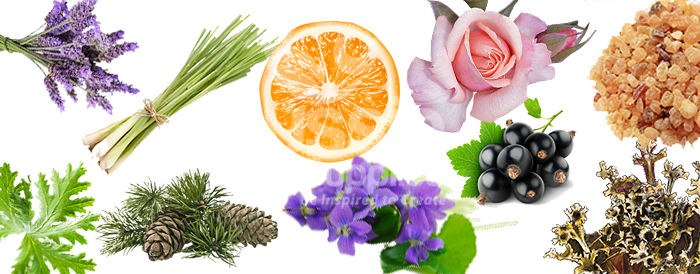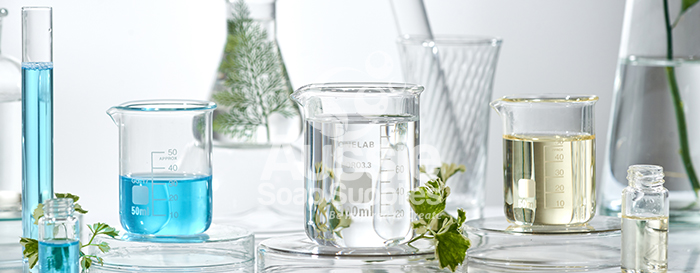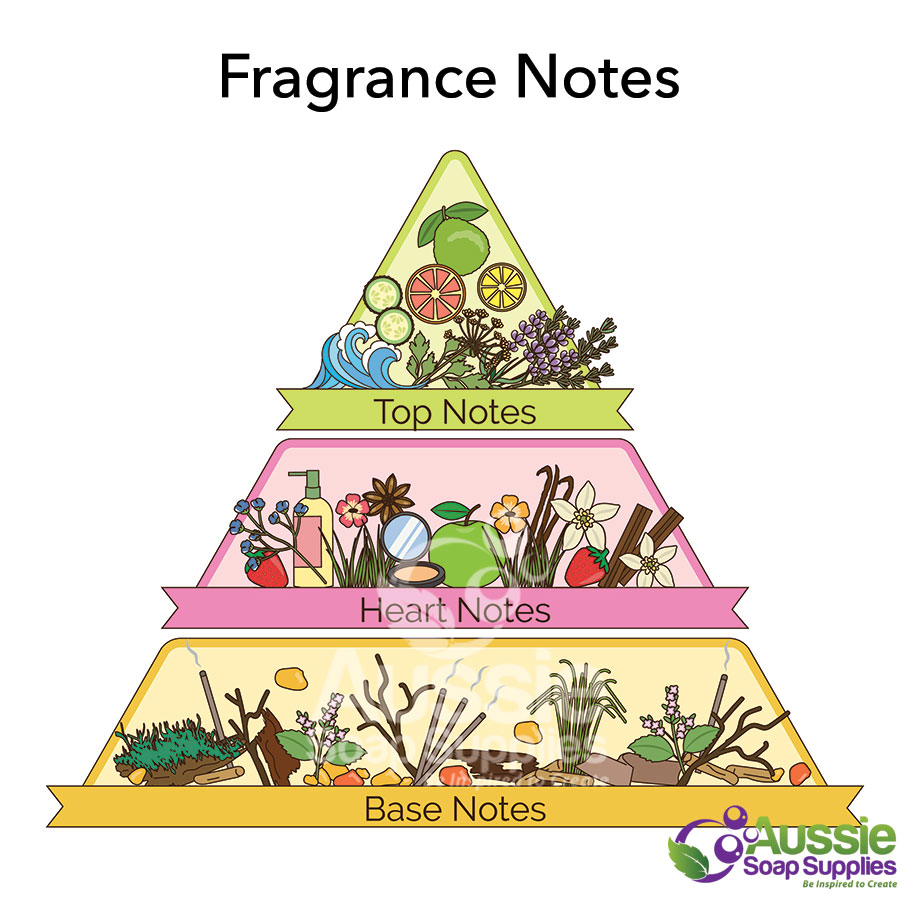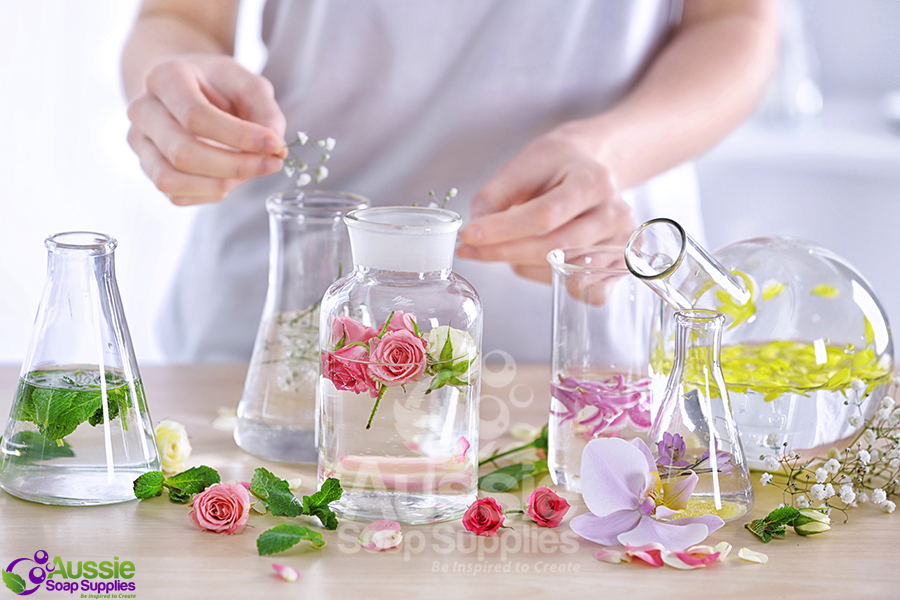One of my favourite quotes about scent is “The sense of smell is the hair trigger of memory” (Mary Stewart), and this is so true! Fragrance has the power to move us, in both a positive and negative way.
There is nothing that wakes memories so vividly and quickly as scent. (MS) Aroma can have an incredible impact on our state of mind – scents can transport you to a specific place in your past, or person in your life. Cinnamon and apple can remind you of your Grandmother baking an apple pie in her kitchen, or an aftershave of your Father or a past love.
Scents can smell different in different products and your own skin’s chemistry can have a major influence on scents. Even your diet can affect the scents you use or wear. One perfume can smell wonderful on you and completely differently on someone else!
Most fragrances are a combination of many aromatic ingredients. These are derived from both natural substances and from man-made materials. This is due to a variety of reasons including availability, cost, scent profile and ethical.
Types of Ingredients
Naturally derived ingredients include essential oils, absolutes and resinous substances.

Essential Oils are produced from plant materials by cold pressing or distillation. All of these vary in aroma, colour and price depending on the drop and the season. Remember, not all plant materials can offer a yield of essential oils (ie strawberries, apple, oatmeal).
Aromatic Essential Oils include: Lavender, Cedarwood, Lemongrass, Geranium, Orange.
Absolutes are the aromatic material from plants from which you cannot produce an essential oil for various reasons. They may be too viscous, or the material too fragile to be processed. They are very high in cost as they are labour intensive and the yield is extremely small.
Absolutes include: Rose, Jasmine, Black Currant, Narcissus, Tuberose, Violet.
Aromatic Resins (saps) are materials which are oozed from a plant when the outer layer of the plant is cut. They are thick and sticky and usually harden into a solid ‘lump’. They are usually base notes and last a long time.
Resins include: Benzoin, Oakmoss, Myrrh.
MAN MADE ingredients are usually referred to as ‘aroma chemicals’ and are manufactured to offer a range of attributes.

These are often versions of the natural, expensive aroma material and are able to be produced with a consistency of odour and colour, and of course are less expensive. These ingredients are like an artist’s coloured pencil box, all sorts of different colours and applications in the aroma palette!
Manufactured Aromatic ingredients include: Vanillin, citral, linalyl acetate – and at least 5000 more.
Just like our healthy food triangle, perfumery uses a triangle to balance the aromas. Each layer generally has several aromas that form part of the overall scent.

As you can see in the triangle, there are three layers of aroma – Top or Head notes, Middle or Heart notes and Base or Bottom notes. These are all balanced to create the specific scent required. Each has it’s purpose in the blend.
Top notes offer an immediate hit of scent, the first impact you smell are top notes, and are usually volatile. These are the sprint runners of the fragrance – they are arrive first, but are spent quickly.
Top notes include: Citrus and light aroma chemicals.
Middle or Heart notes last longer than top notes, and sometimes act as a bridge (like Lavender). They tend to represent the “heart” or character of the fragrance. They usually represent the character of the fragrance, and last throughout its life.
Middle or Heart Notes include: Florals, spices and fruits.
Base notes are the marathon runners of the fragrance, they arrive last, but have staying power! They are also known as the drydown or bottom notes. They are the deep, base notes that everything ‘sits’ on. They will be the last thing that remains in the scent – always!
Base notes include: Vanilla, musk, tonka bean, woods, resins
Overview of Types of Fragrance Notes: A – W

Animalic – Musk, civet, leather (now synthetic)
Balsamic – Amber, Fir, Tolu,
Camphoraceous – Eucalyptus, Rosemary, Camphor
Citrus – Bergamot, Lemon, Grapefruit
Floral – Rose, Gardenia, Lily, Tuberose
Fruity – Apple, berries, melons
Herbaceous/Green – Herbs, green leaves, grasses
Mints – Peppermint, spearmint, menthol
Spicy – Cinnamon, clove, Ginger, Black Pepper
Sweet – Honey, sugar syrups (ie caramel, cotton candy), Vanilla
Water – Ocean, sea spray, marine
Woody – Cedarwood, Sandalwood, Vetiver (though technically a grass)









